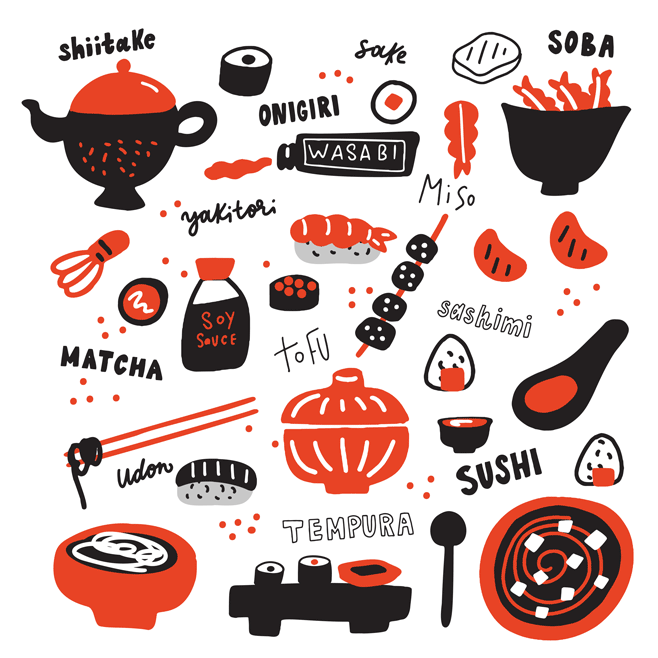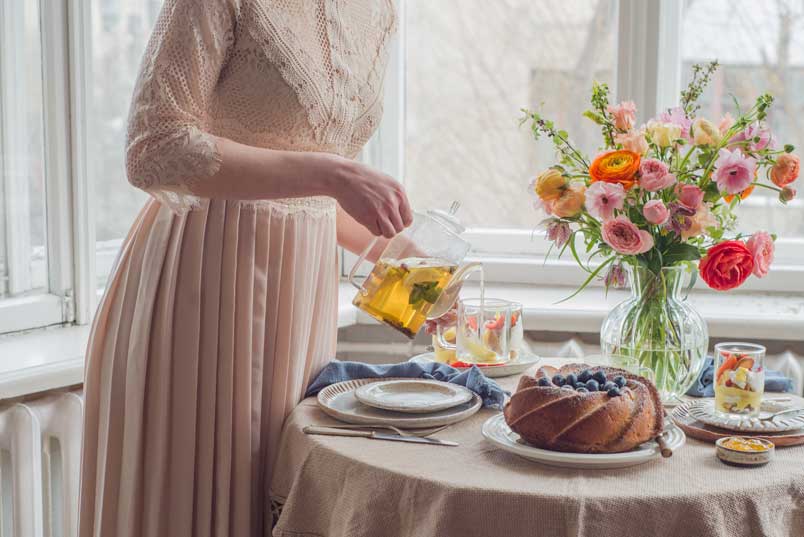


| Answer: |



 |
medicine
薬
|
 |
roast
炒(い)る
|
 |
humid
湿気のある
|
 |
Europe
ヨーロッパ、欧州
|
 |
gift
おくり物
|






There are six types of tea: green, black, yellow, white, oolong, and pu’er. They all come from the same plant, the camellia of China. But we prepare them in different ways. For example, we can make green tea by roasting tea leaves. If we put the leaves in a humid room, we can make black tea.
Now, people around the world enjoy tea. Black tea has been popular in Europe since the 1750s. Japanese people have enjoyed green tea since the ninth century. It is the second most popular tea in the world.
Remember this when buying tea. It is one of China’s greatest gift to the world.


There are six types of tea: green, black, yellow, white, oolong, and pu’er. They all come from the same plant, the camellia of China. But we prepare them in different ways. For example, we can make green tea by roasting tea leaves. If we put the leaves in a humid room, we can make black tea.
Now, people around the world enjoy tea. Black tea has been popular in Europe since the 1750s. Japanese people have enjoyed green tea since the ninth century. It is the second most popular tea in the world.
Remember this when buying tea. It is one of China’s greatest gift to the world.






| 1. | What Japanese foods have Japanese people eaten for many years? |
| Japanese people _______ eaten ____________ for many years. |


| 2. | How long have you studied English? |
| I __________ studied English since/for __________. |





| 1. | What Filipino foods have Filipino people _______ for many years? |


| Filipino _______ eaten __________________ for many years. |
| 2. | How long _______ you known your best friend? |


| I have known my best friend since/for ________________. |




| 1. | |
| 2. | |
| 3. |
